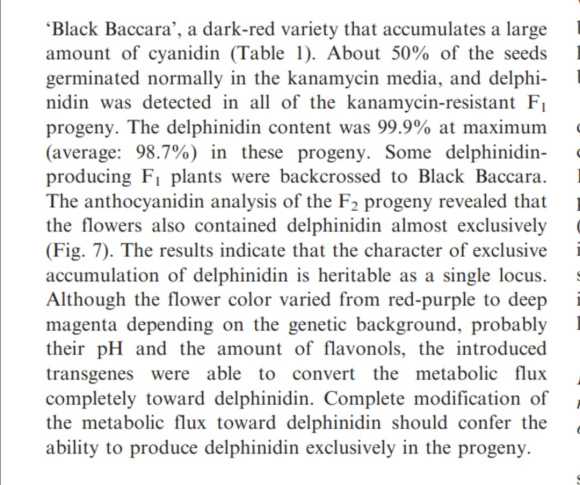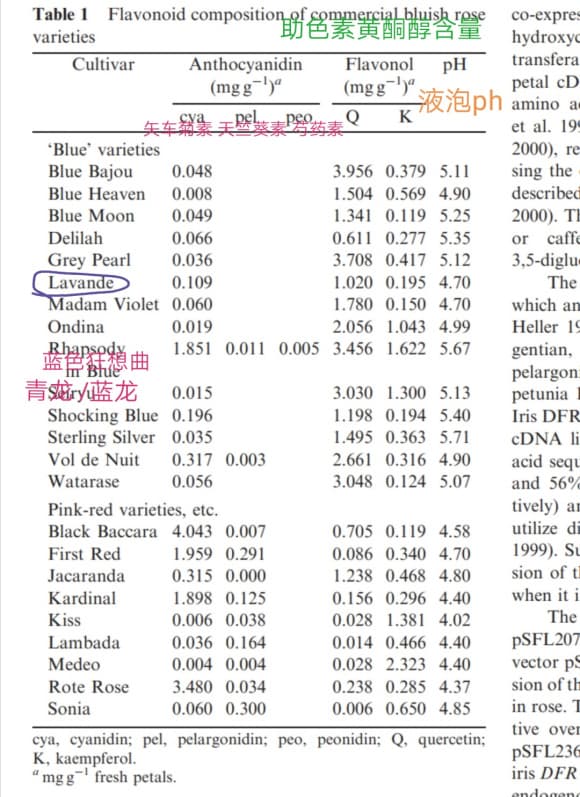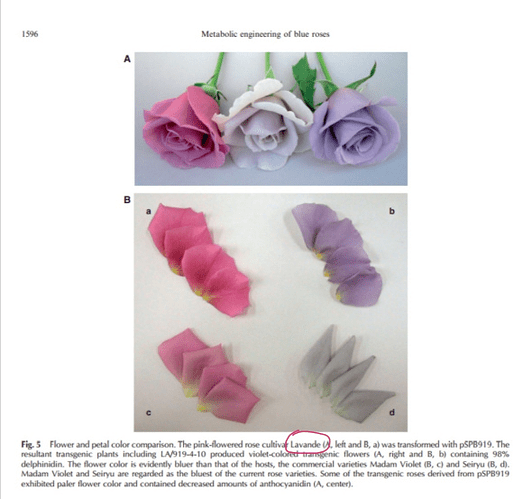“In spring, the leaves of any variety look very healthy. As the temperature rises, I feel very painful in summer. The black spots and falling leaves of roses make them in a bad state, especially the black spots on the leaves, which make them directly bare.”
Thank you for the link to the article you sent. In order to find out some varieties of parents, I have a member of the helpdefine website. I think Foetida is the main factor in the black spots of all roses, and I feel disgusted. His contribution is great, bringing yellow, which can be used as other roses, but without it, I believe that the history of roses also has yellow roses
There is a saying on the internet that:; Foetida’s carotenoids are amaranthine, which is stable in nature and not easily degradable. At the same time, their color is the darkest. Foetida brings the ability to synthesize ROSEYANIN ROSEIN, which is bluish purple in color. Foetida is the beginning of modern “blue” roses. The sweet aroma substance, geraniol, citronellol, is produced by the decomposition of carotenoids. The rich, dark yellow varieties that do not fade are doomed to lack the aroma of Damascus, and the aroma is often sour
Blue Dream, a type of blue purple that does not have the lineage of gray pearls, can also become close to blue under certain conditions. You can try mixing blue dream, a type of blue purple rose with the lineage of gray pearls. However, the reality is cruel. A friend of mine has experimented with these combinations to produce a rose color that is still biased towards the red of blue dream, so he stopped this type of combination, but I don’t think so. Perhaps he hasn’t tried enough
“Xanthia seems to have let me down. When you told me it couldn’t make roses blue, I didn’t want to use it anymore.”. “But why not try? The experiment will only yield results. As mentioned above, I will combine several roses (the bluest rose in the grey pearl lineage, the blue dream of not relying on grey pearls to turn blue, the genetically modified non blue purple rose in Japan, the rose with flavonoids and high ph value), and don’t give up.”. “I must have thought about the chromosome multiples of xanthina combined with roses, but in fact, many triploid roses are fertile, otherwise there is no result when pollen is used as a male parent. It seems unrealistic and difficult to add and change some element data in hybrid roses. I know, but I don’t have laboratory conditions, so I can only sow seeds through pollination.”
There are many blue roses in Japan that are really close to blue, and I have also collected many, but most of them are not resistant to disease and have a weak rise. Regarding disease resistance, I think the most resistant is the Knock Out series. I have collected three types, Rainbow Knock Out, Double Knock Out, and Pink Double Knock Out. “They are all low and hardworking, and I recommend crossbreeding to many flower friends. They say that Knock Out is ugly and unwilling to be used for crossbreeding, but in fact, many resistant and good-looking varieties are their descendants, such as MEIbenbino=(Baby RomanticaX unknown) X Knock Out, which is very resistant to disease. The resistance of MEIbenbino is derived from Knock Out, so non resistant blue-violet varieties should be hybridized with the Knock Out series to obtain disease resistance.”, “I don’t know who the resistance genes of the Knock Out series come from, and I can’t find the specific history. According to the actual cross combinations, their descendants can indeed inherit the ability to resist disease.”. “The resistance of roses in the carpet series should come from Wichuriana. I think this resistance will be diluted in multiple crosses. Of course, I have also collected several carpet series rose varieties.”.
My breeding requirements; Short, hardworking, resistant to disease, with a strong fragrance. The best color is blue purple, and the flower type is like an Austin rose. I can’t wait for the roses to make me faint! I like Fragrant Cloud, which has many fragrant descendants, as well as Rose Pompadour. Wonderful? It has a strong aroma from flower buds to withering, and is not susceptible to external factors. Many varieties of strong aroma are susceptible to external factors, such as weather, temperature, and light.
Can I complain about Austin Rose here?
“His rose varieties are almost not small, and even if they can be potted, they need to be re cut. They cannot bloom many flowers, without the spectacular effect of planting on the ground. The plants are tall and tall.”
The aroma is myrrh and anise. Oh, my god, does Austin himself like this aroma? Many friends and I don’t like this aroma, which is uncomfortable. Moreover, Austin roses can inherit the myrrh aroma, which is a bit bad
The colors are yellow, pink, or rose red, and he will not breed roses of other colors. Even if blue and striped roses are hybridized, they will be eliminated immediately? He is bred according to his own preferences. If you don’t like it, maybe he likes it himself. Indeed, this is also true. It has formed his own breeding style. Everyone likes his rose type and is used by rose breeders all over the world to crossbreed



